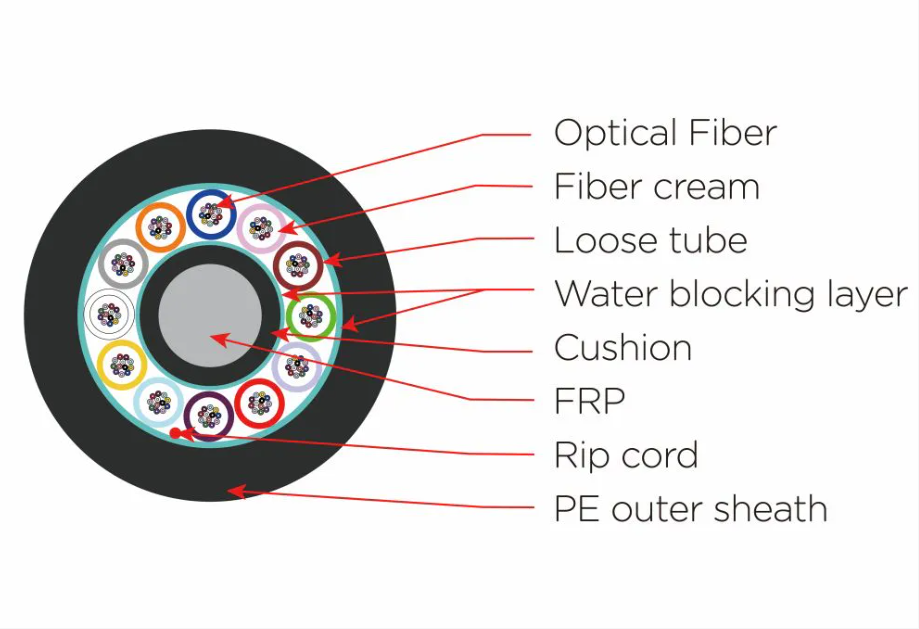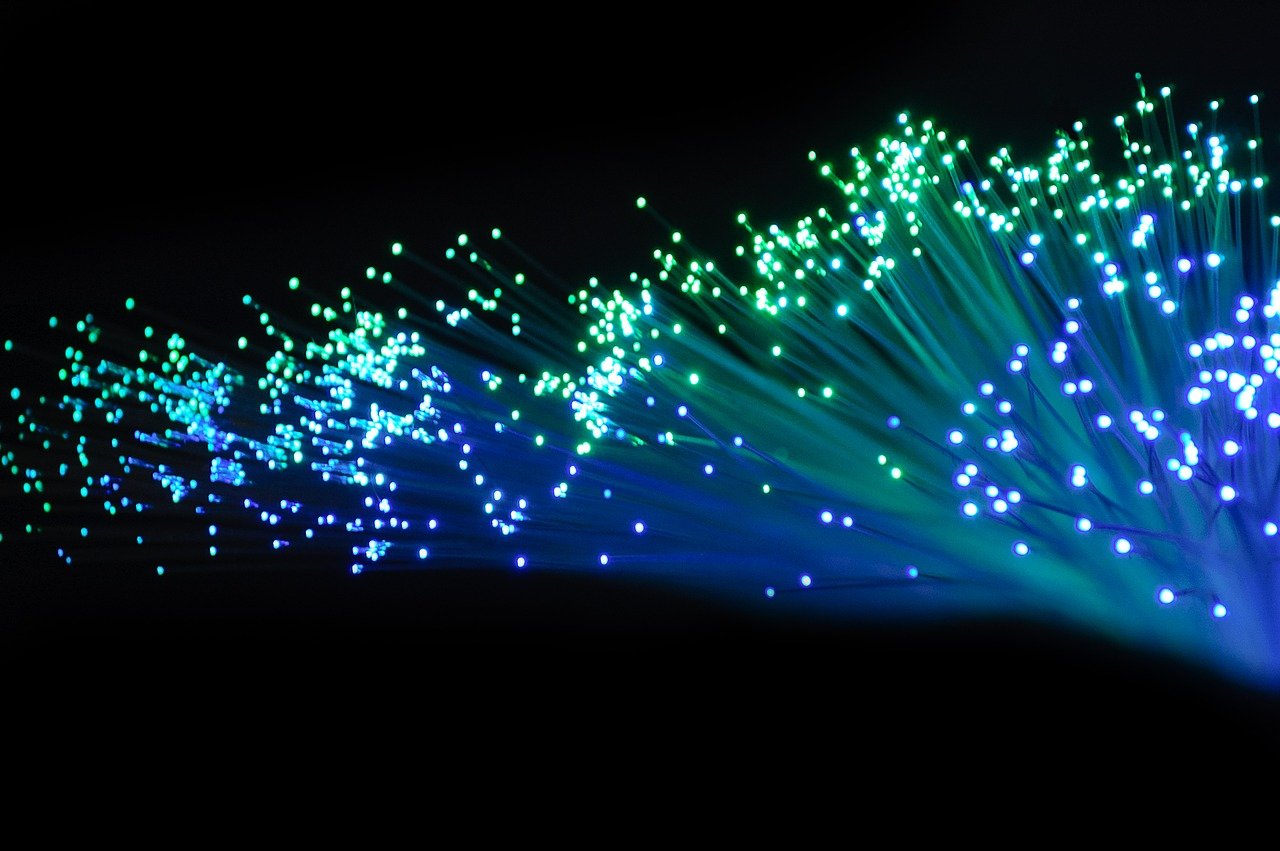Understanding the Benefits of Air Blown Fiber Cable in FTTH Networks

Air blown fiber Cable
Air blown fiber cable, also known as blown fiber cable or air-assisted fiber optic cable, plays a crucial role in FTTH networks by revolutionizing connectivity. Understanding its installation process and comparing it with traditional fiber optic cables is essential to grasp its benefits. The future of FTTH networks and seamless connectivity is intricately linked to the advantages of air blown fiber cable. Its flexibility, cost-effectiveness, and superior performance make it a critical component in the evolution of high-speed internet networks.
Advantages
Enhanced Flexibility
Air blown fiber cable offers unparalleled flexibility in the design and installation of network infrastructure. Its unique design allows for seamless adjustments, upgrades, and modifications to the network layout, catering to evolving connectivity needs. This adaptability ensures that the FTTH cable system can easily accommodate technological advancements and changing user demands without requiring extensive overhauls or replacements.
Cost-Effectiveness
The installation process of air blown fiber cable presents a cost-effective solution compared to traditional methods. By minimizing the need for excessive splicing and reducing material waste, it significantly lowers the overall deployment costs. Additionally, its enhanced flexibility contributes to long-term cost savings by facilitating efficient network expansions and upgrades without substantial additional investments.
Installation Process
Air Blown Installation
The air blown installation process begins by utilizing compressed air to propel the fiber cable into microducts. This innovative method ensures a swift and efficient deployment of fiber optic cables, significantly reducing the time required for installation. By harnessing the power of compressed air, the delicate fibers are carefully guided through the microducts, allowing for precise placement without risking damage or signal interference. The air blown installation technique is a testament to the advancements in fiber optic technology, streamlining the setup process and minimizing disruptions to existing infrastructure.
Versatility in Deployment
One of the key advantages of air blown fiber cable lies in its versatility in deployment across diverse environments. Whether in urban, suburban, or rural settings, this installation process can be seamlessly implemented to establish high-speed connectivity. Its adaptability enables it to navigate various challenges posed by different landscapes and infrastructures, making it an ideal choice for expanding FTTH networks in a wide range of geographical locations.
Comparison
Performance Comparison
When evaluating the performance of air blown fiber cable against traditional fiber optic cables, it becomes evident that air blown fiber cable offers a more future-proof solution for evolving network demands. Its superior flexibility and scalability allow for seamless adjustments and upgrades to meet the growing connectivity needs of users. In contrast, traditional fiber optic cables may require extensive overhauls or replacements to accommodate similar advancements, making them less adaptable to changing network requirements.
Efficiency and Reliability
In terms of efficiency and reliability, air blown fiber cable demonstrates higher operational efficiency compared to traditional methods. It minimizes signal loss and ensures consistent high-speed connectivity, providing a reliable network infrastructure for users. On the other hand, traditional fiber optic cables may be more susceptible to signal interference and performance degradation over time, posing potential challenges to maintaining reliable connectivity.
Future
Technological Advancements
The future outlook for air blown fiber cable in FTTH networks is promising, marked by ongoing technological advancements that aim to further enhance its capabilities. These innovations hold the potential to deliver even faster and more reliable connectivity, meeting the escalating demands for high-speed internet access. As technology continues to evolve, the prospects for air blown fiber cable point towards a future where users can experience seamless and uninterrupted connectivity, supporting a wide range of applications from streaming high-definition content to engaging in real-time virtual interactions.
Market Expansion
The adoption and utilization of air blown fiber cable are anticipated to drive the expansion of FTTH networks across various regions. With the increasing demand for high-speed internet services, this innovative technology is poised to play a pivotal role in meeting the connectivity needs of diverse communities. Its potential for market expansion signifies a future where more areas can benefit from robust and reliable network infrastructure, contributing to enhanced digital inclusivity and economic growth.
Air blown fiber Cable
Air blown fiber cable stands as an innovative solution for FTTH networks, offering seamless connectivity and enhanced performance. Its adaptability, efficient installation process, and future potential make it a cornerstone of modern network infrastructure. Understanding the benefits of air blown fiber cable is crucial for the evolution of high-speed internet networks, ensuring reliable and cost-effective connectivity solutions for diverse environments.
See Also
Maximizing Efficiency and Affordable Fiber Optic Connection
Uncovering FTTR Concealed Fiber Cable: A Revolutionary Answer
Advantages of ADSS Fiber Optic Cables for Overhead Power Lines


